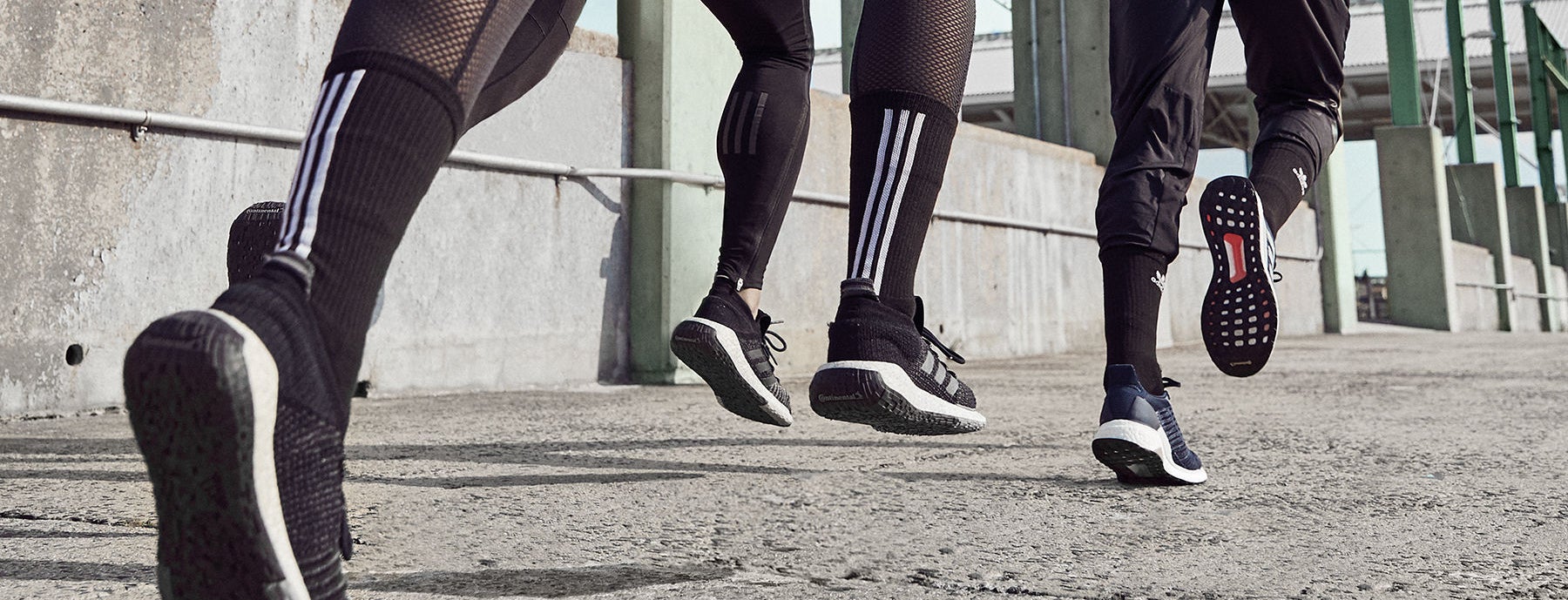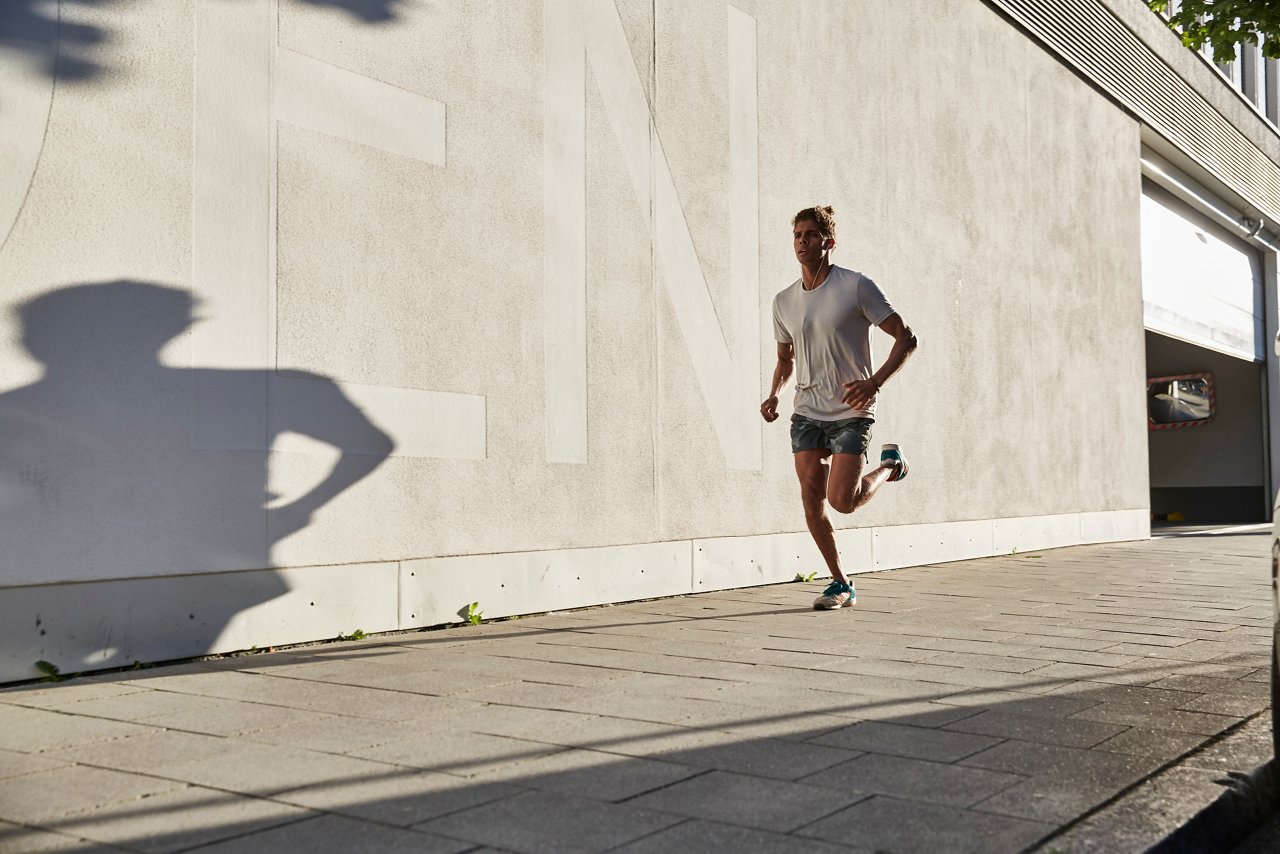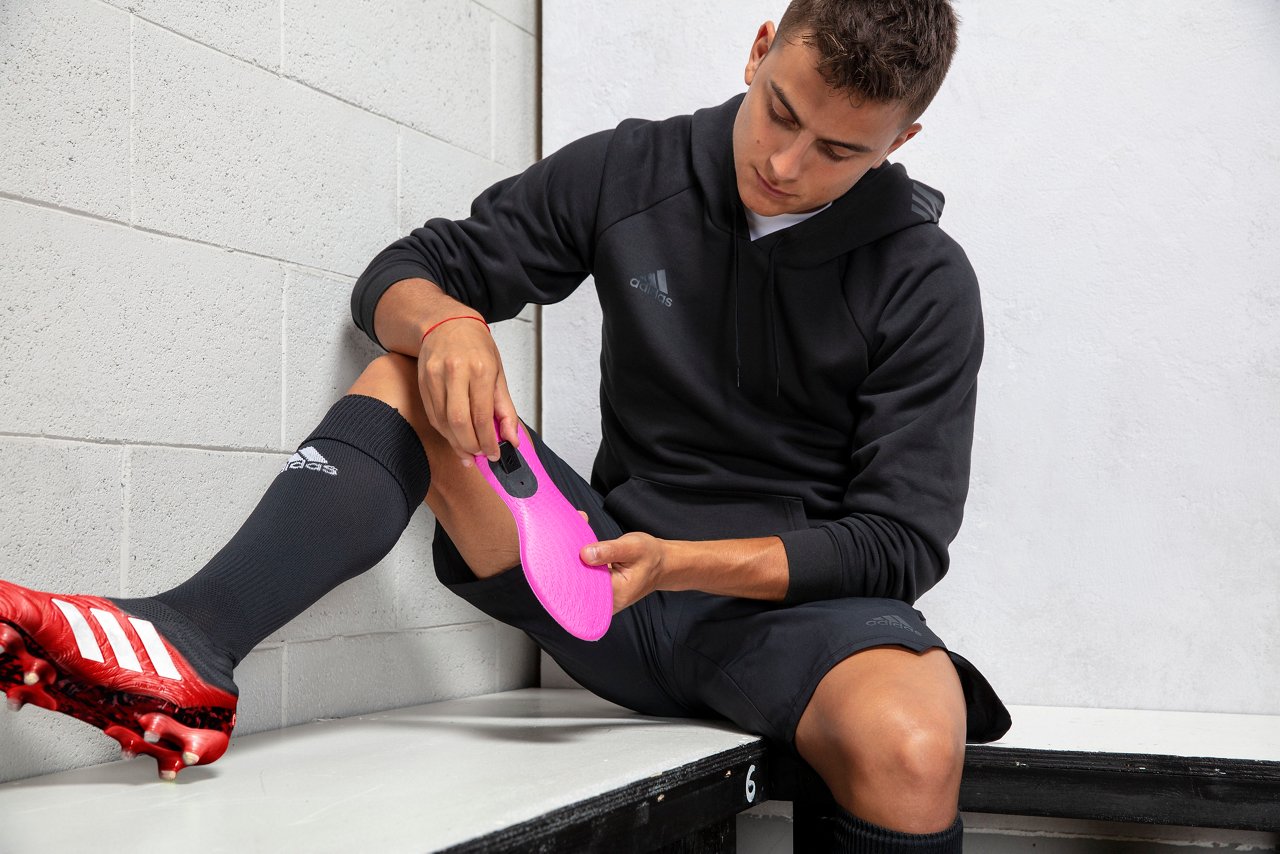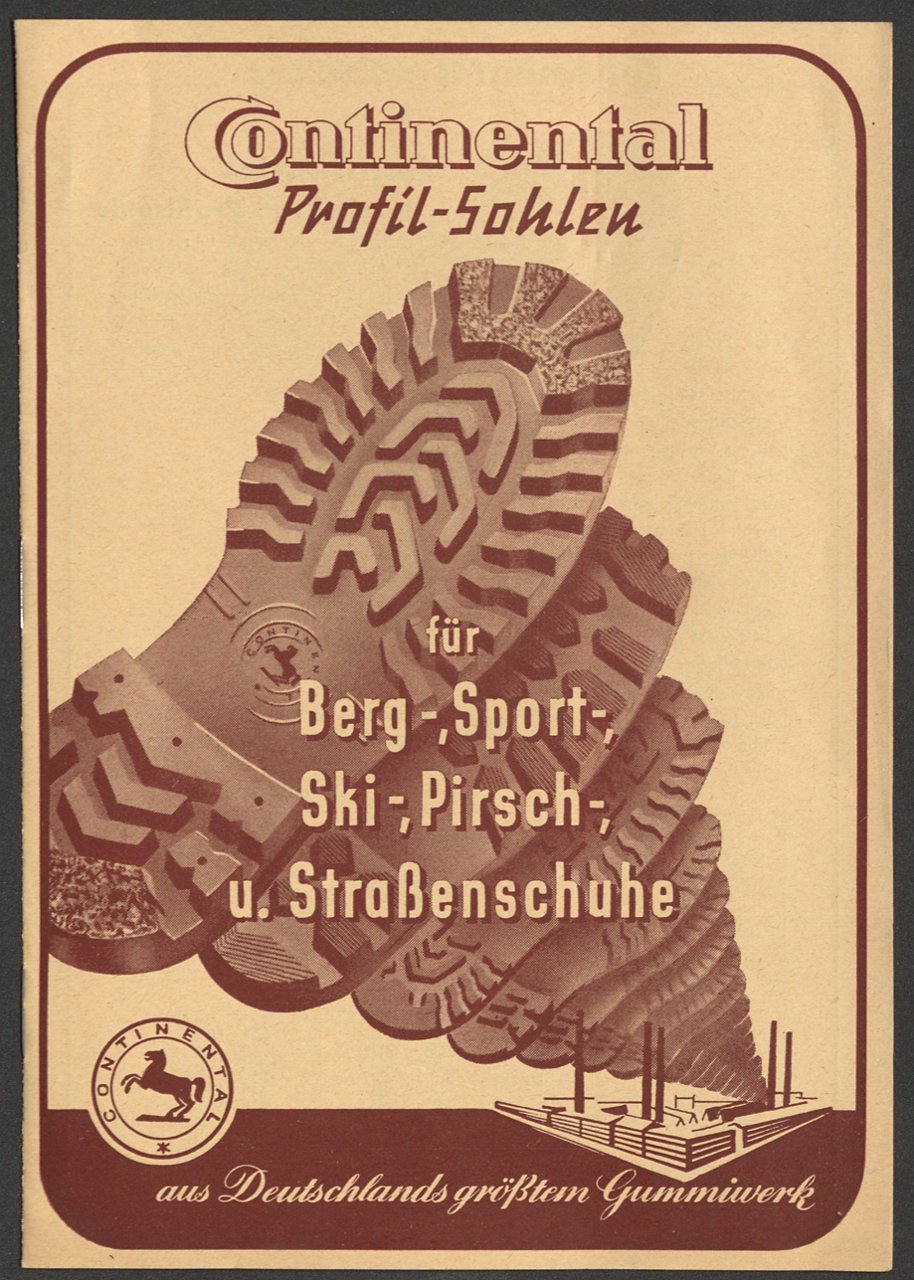
# Running
Can smart shoe technology change the way you run?
Connected technoloy for a better run

Want to monitor your exercise, optimize your running style, improve your times or prevent sports injuries? No problem! Take your pick from a wide range of wearable fitness trackers, ranging from smart watches and chest straps to clip-on trackers and smart clothing. Unfortunately, they all have one glaring blind spot: the point where your feet meet the ground. Fitness trackers register your heart rate, the distance you run, your speed and even the amount of steps. However, they can’t analyze your stride and cadence precisely, they won’t tell you which part of your foot hits the ground first, or show how different running surfaces impact your joints. The obvious place for a sensor that could provide all that information and more? Your shoe! After years of research and development, the shoes of the future are finally here, and they could change the way you run forever.
Smart shoes are on the rise
Compared to other wearable technology, next-gen footwear is a more challenging product to design, develop and produce. However, integrating it into your workout routine will be a breeze. After all, you’re probably used to tracking your run with your phone. Your sneakers already feature innovations that optimize every single aspect of running, from outsole shock absorption and insole cushioning to light materials and the perfect fit. Now they will be able to deliver additional data that provides a fuller picture. To track relevant variables and deliver that information to your smartphone, they need battery-powered pressure sensors, a futuristic gyroscope and accelerometer, as well as app connectivity – all while maintaining comfort and lightness. Now that the technology is ready, it’s time for users to step up – literally.
 Smart shoes connect to smart phones
Smart shoes connect to smart phones
How do electronic shoes work?
Luckily, smart shoes are pretty straightforward to use. Once they are charged and connected to a smartphone app, you simply put them on and go.
The insole is usually equipped with several technical components:
- a gyroscope, which determines which way your shoe is turned, including rotation as your foot moves while running
- an accelerometer, which registers movement and speed (in several dimensions, depending on capability)
- pressure sensors (optional) to measure impact and weight distribution, which can help identify potential injury hazards in your running style
- GPS (optional) to track your location and routes
- altimeter (optional) to track height differences, which is important if you go trail running, or even just regularly tackle hilly running routes
- a processor that calculates movement patterns from the sensor data and can tell you how to improve your running style
- connectivity, usually via Bluetooth, to transmit data to your smartphone
 adidas smart shoes for gaming ©adidas
adidas smart shoes for gaming ©adidas
The most important smart shoe applications
- Smart shoes for runners
- Smart shoes for gamers
- Smart shoes for seniors and the physically impaired
 Smart running shoes can analyze your running style
Smart running shoes can analyze your running style
Piggybacking on the popularity of fitness trackers and the value users place on gadgets that improve exercise routines, sneakers are the most popular application of shoe technology.
Smart running shoes can analyze your running style, measure strain, impact and balance and make suggestions that support your personal training goals. The data collected can help prevent running injuries and boost race performance. Not only because the evaluation of in-depth data allows you to optimize your running style, but also because some smart shoes can even loosen or tighten your laces as needed, protecting your ankles and tendons.
 adidas smart shoes for gaming © adidas
adidas smart shoes for gaming © adidas
If you’re turning your physical achievements into digital data, using those digitized accomplishments to gain online clout seems like a logical next step. Google, adidas, and EA Sports have teamed up to provide a high-tech shoe that turns real-life athletic performance into in-game credits.
The resulting smart insoles track you in action on a (real-life) football pitch. They track every sprint and tackle, as well as the number and power of your kicks. Once transferred to an app, you can convert your winning game into rewards within the online league of FIFA Mobile. Not only can this merging of physical and digital sportsmanship improve your game and motivate you to hit the pitch, it elevates your online gaming, too.
 Smart shoes can help protect health
Smart shoes can help protect health
Smart shoe technologies can also be used in healthcare settings. Tracked data can aid rehabilitation, tracking recuperation after an injury or accident. It can also be used diagnostically, detecting early symptoms of any illness that comes with failing balance and impaired movement.
Finally, a falling alert system can help the elderly or anyone else living independently with physical impairments. Sensors can detect a fall or slip, and call for help.
The shoes of the future
In many ways, future shoes are already here. Wearable technology can track data, collect and interpret it in meaningful ways to improve athletic performance, enrich online gaming and improve the quality of life of physically impaired users.
 adidas Smart Ride, one of the earliest smart sneakers ©adidas archive
adidas Smart Ride, one of the earliest smart sneakers ©adidas archive
However, as smart insoles and shoes become increasingly popular and their use more widespread, their capabilities are certain to improve. Soon, you could get live coaching feedback while you work out, as a smart assistant talks you through your run. One day, your running data could be used to optimize your next pair of custom 3D-printed running shoes. As hardware and materials continue to improve, it may even become possible to automatically and dynamically adapt the sole and cushioning to running conditions, increasing grip as you move to unsteady ground or softening the insole on hard asphalt.
A more holistic approach could see tracking technology applied to all shoes and the resulting data linked with other health and fitness information. This would allow you to see patterns and connections between everyday habits and athletic performance, overall fitness and specific challenges, perhaps even physical, mental health and general wellbeing.
